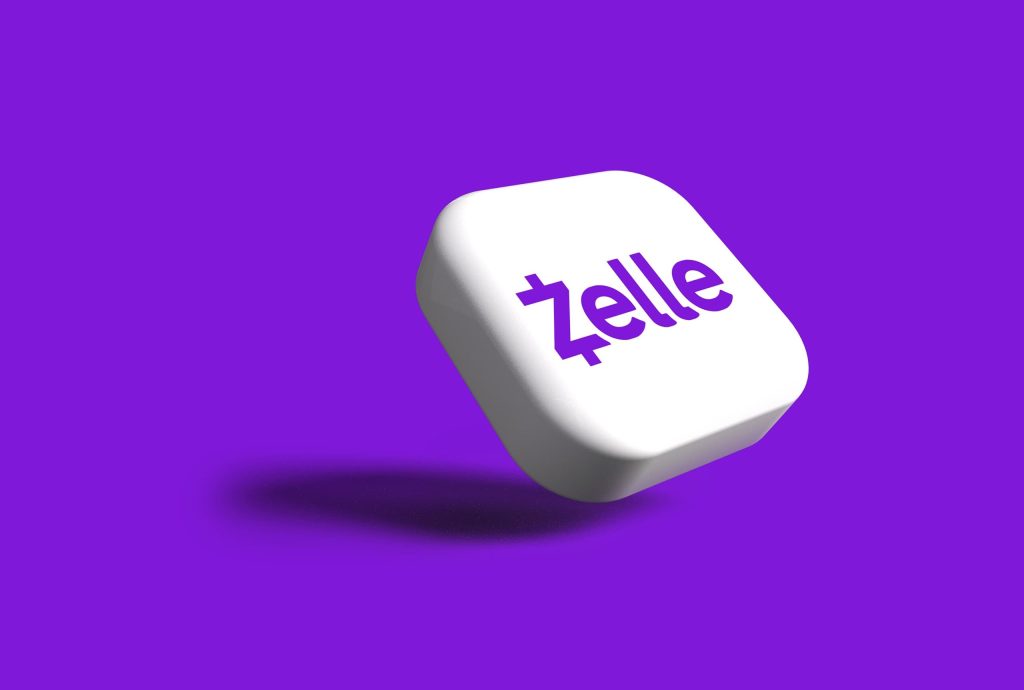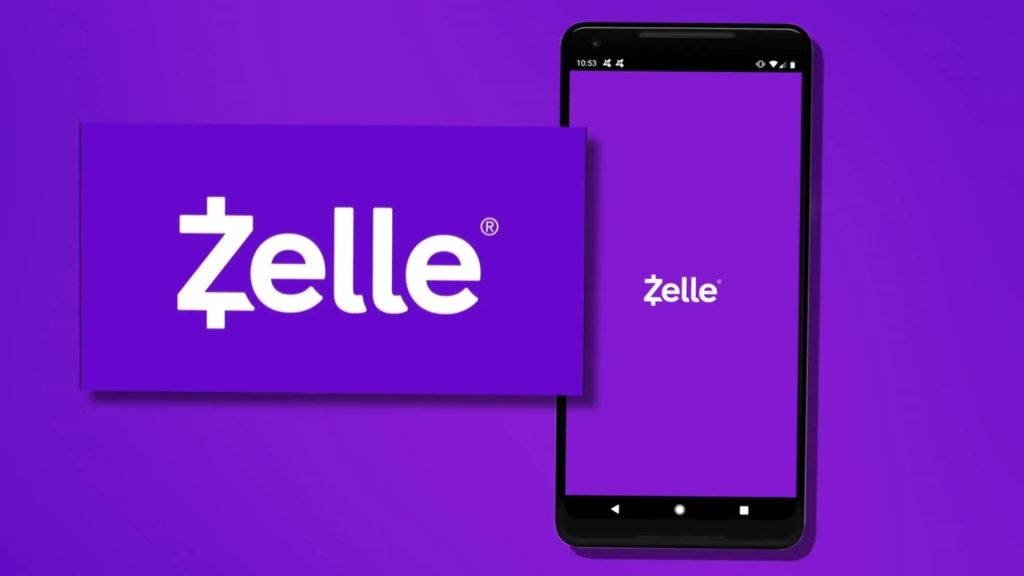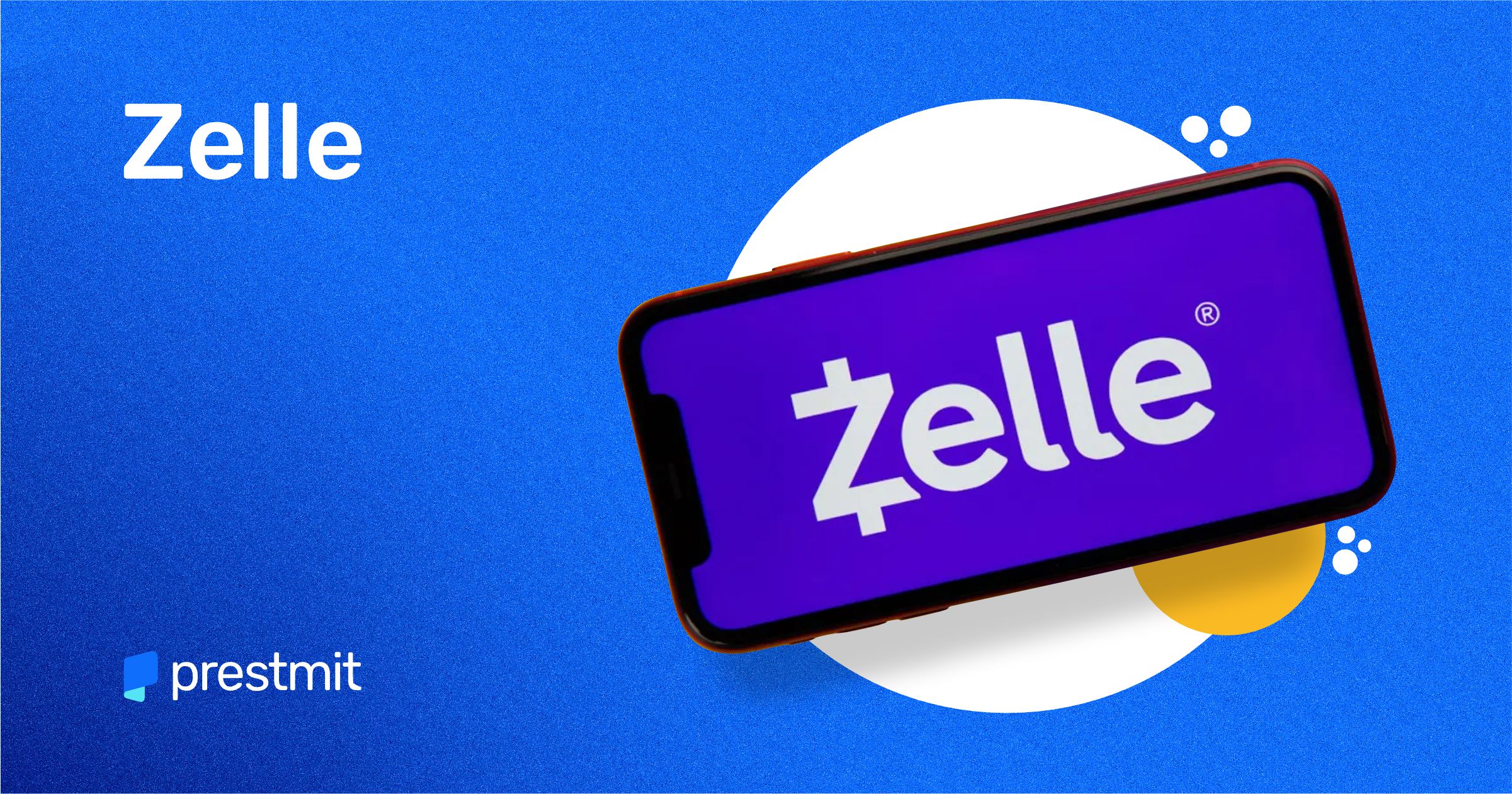Table of Contents
Zelle has transformed how people in the United States move funds between bank accounts. Rather than writing a check, visiting an ATM or waiting days for a traditional bank transfer, Zelle offers a near-instant way to pay a friend back for lunch, split rent, or send money to family. It’s embedded in many major banks’ mobile apps, making it simpler and faster for users to transfer money without extra steps. In this article, we’ll take a look at what Zelle is, how it works in practice, its key features, limits and restrictions, etc..
What is Zelle?

Zelle is a payment transfer app that facilitates sending and receiving money between bank accounts in the United States, even if you have bank accounts at a different bank. It launched in 2017 and is owned by Early Warning Services, a fintech company owned by seven of the biggest banks Capital One, Bank of America, JPMorgan Chase, PNC Bank, Trust, U.S. Bank, and Wells Fargo.
Many major banks and credit unions partner with Zelle, contributing to its accessibility. Transactions happen within minutes and are completely free to use. More than 1,700 banking apps offer Zelle.
How Does Zelle Work?
1. Enroll in Zelle
First, you must enroll your bank account (checking or savings) in Zelle. This is usually done through your bank’s mobile app or online banking interface. During enrollment, you’ll link your email address or U.S. mobile phone number to your bank account so that others can send you money using those identifiers.
2. Add a recipient
Enter the email address or their U.S. mobile phone number of the person you want to send money to.
3. Choose an amount and send
You enter the amount you wish to send and confirm which account you’re using to fund the transfer (e.g., your checking account). Then you review the recipient’s information and authorize the payment.
4. Recipient receives funds
The money is credited to the recipient’s bank immediately if they are already enrolled with Zelle. If the recipient is not yet enrolled, they will receive a notification (via text or email) that they have a payment waiting; they’ll be asked to enroll in Zelle (via their bank) to receive it. The money may remain pending until they enroll..
Key benefits of using Zelle

1. Faster Transactions
This is one of the most significant advantages of using Zelle. Most of your transfers will go through within minutes. It outpaces traditional banks in this aspect and reduces the time waiting for checks to clear.
2. Availability
Zelle partners with a huge network of banks and credit unions across the United States. This increases the chances that both you and the person you want to make a transfer to can make use of the service.
3. Bank-level integration
Zelle ties directly into your existing checking or savings account unlike some peer-to-peer services that require you to maintain a separate wallet balance. This simplifies the process as there’s no “wallet” you have to top up or transfer from.
4. Cross-bank support
Zelle is supported by many U.S. banks and credit unions and this allows you to send money to someone at a different bank, which helps when friends or family use different financial institutions.
5. Simple recipient identifiers
You don’t need to know the recipient’s bank account number to send money. All you need is their email or U.S. mobile phone number (as long as they are enrolled).
What Are Zelle’s Limits and Restrictions?
- Geographic eligibility: Zelle is available only for U.S. bank accounts with a U.S. mobile phone number. It is not designed for international transfers.
- Bank participation and enrollment: You need to bank at a financial institution that supports Zelle. If your bank doesn’t support it (or you are using a bank that hasn’t integrated Zelle), you may not be able to send or receive via Zelle.
- Transfer limits: Limits on how much you can send in a day or month aren’t set by Zelle centrally but by your bank or credit union and your account status. For example, some banks may allow a rolling 24-hour limit of several thousand dollars, and a 30-day limit higher still.
- Irreversible transfers: If you send a payment through Zelle to someone who’s already enrolled, the money is usually credited to their account quickly and you generally cannot cancel the payment.
- No purchase protection: Unlike credit card transactions or some other payment services, Zelle generally does not offer buyer protection if the goods or services you paid for are not delivered.
- Risk of scams and fraud: Zelle has been used by scammers who trick people into sending money and then it becomes difficult to reverse the transaction. So users must be cautious because transactions can be fast and irreversible.
- Limited use for business/commercial transactions: While some banks allow small businesses to use Zelle, it’s primarily designed for personal transfers. Large commercial transactions or consumer purchases via Zelle may not be covered under protections.
Safety and Security Tips When Using Zelle
1. Only send money to people you know and trust
Since you cannot easily cancel a payment if the recipient is already enrolled, make sure you are absolutely confident of the identity of the recipient (their email or mobile number) and that you want to send the money.
2. Double-check the recipient’s contact details
Make sure the mobile number or email you enter corresponds to the correct person and their bank enrollment. A typo could send money to the wrong person and you may not be able to recover it.
3. Avoid using Zelle for purchases from unknown individuals or businesses
Zelle lacks strong purchase protections so keep in mind that you may not have recourse if you don’t receive the goods or the goods are not as described if you are buying something from a seller you don’t know.
4. Enroll promptly and monitor your account
If someone sends money to your email or mobile number via Zelle and you’re not yet enrolled, act promptly to enroll so you can claim it. Keep an eye on your transaction history and be alert for unrecognized activities
5. Use your bank’s security features
Enable two-factor authentication, strong passwords, alerts for large transactions, and any additional security your bank offers. Treat Zelle transfers with the same caution you would treat any bank transfer.
6. Be aware of common scams
Scammers may pose as a trusted person or business and ask you to send money via Zelle, often urging urgency or secrecy, then vanish once you send the cash. If in doubt, pause and verify independently. You might ask the person to send you a verification message from their registered phone or email.
7. Check if your bank offers recovery assistance
While Zelle itself is a network and bank-driven, banks have different policies regarding fraud and recovery of mistaken or fraudulent payments. Review your bank’s disclosures and understand what you’re liable for in case of unauthorized or fraudulent transactions.
Frequently Asked Questions (FAQs) About Zelle
Who can use Zelle?
You need a U.S. bank account at a financial institution that supports Zelle and a U.S. mobile phone number or email address to enroll. The recipient also must have an eligible bank account (or enroll) within the Zelle network.
How long does a Zelle transfer take?
The money typically arrives in minutes if both sender and recipient are already enrolled and at eligible banks. It may take a bit longer (until they enroll) if the recipient isn’t enrolled yet,
Are there any fees for using Zelle?
There are no fees for many users at many banks sending to friends or family. However, your bank may charge certain fees.
Can I send money internationally with Zelle?
No. Zelle is only available for transactions between U.S. bank accounts and using U.S. mobile phone numbers/email addresses. It is not for international transfers.
What happens if I send money to someone who isn’t enrolled?
If the recipient isn’t enrolled with Zelle when you send the money, they will receive a notification and instructions to enroll to receive the funds. If they don’t enroll within a certain time, the money may be returned to you.
Can I cancel a Zelle payment?
You may be able to cancel if the payment is still pending (because the recipient hasn’t enrolled or it’s not yet sent). However, cancellation is usually not possible once the payment is complete and the recipient is already enrolled.
Conclusion
Zelle is a convenient platform for moving money quickly between U.S. bank accounts, especially when dealing with people you know and trust such as friends, family, roommates, and shared bills. It is embedded in many banks’ mobile apps and uses familiar identifiers like email or mobile number, it simplifies peer-to-peer payments and accelerates the transfer process compared to many older methods.
However, the irreversibility of many Zelle transactions, the lack of purchase protections, and the potential for scams mean that using Zelle wisely is crucial. Always confirm you’re using the correct contact details, that you trust the recipient, and that you understand your bank’s policies and limits before you hit the “send” button.
Last updated on November 4, 2025

